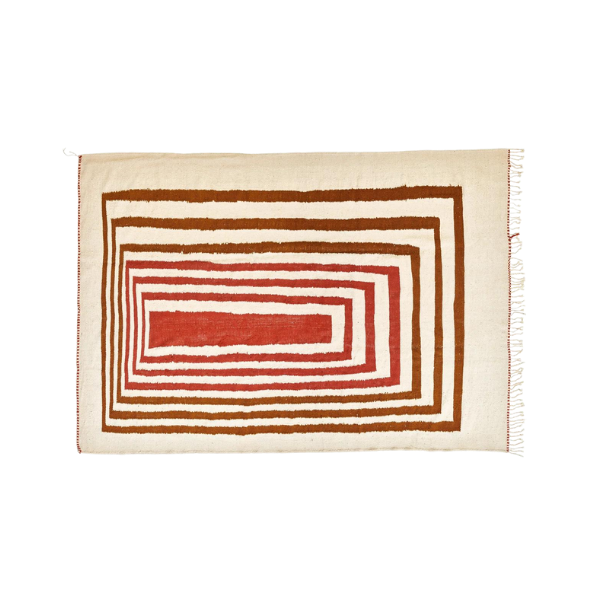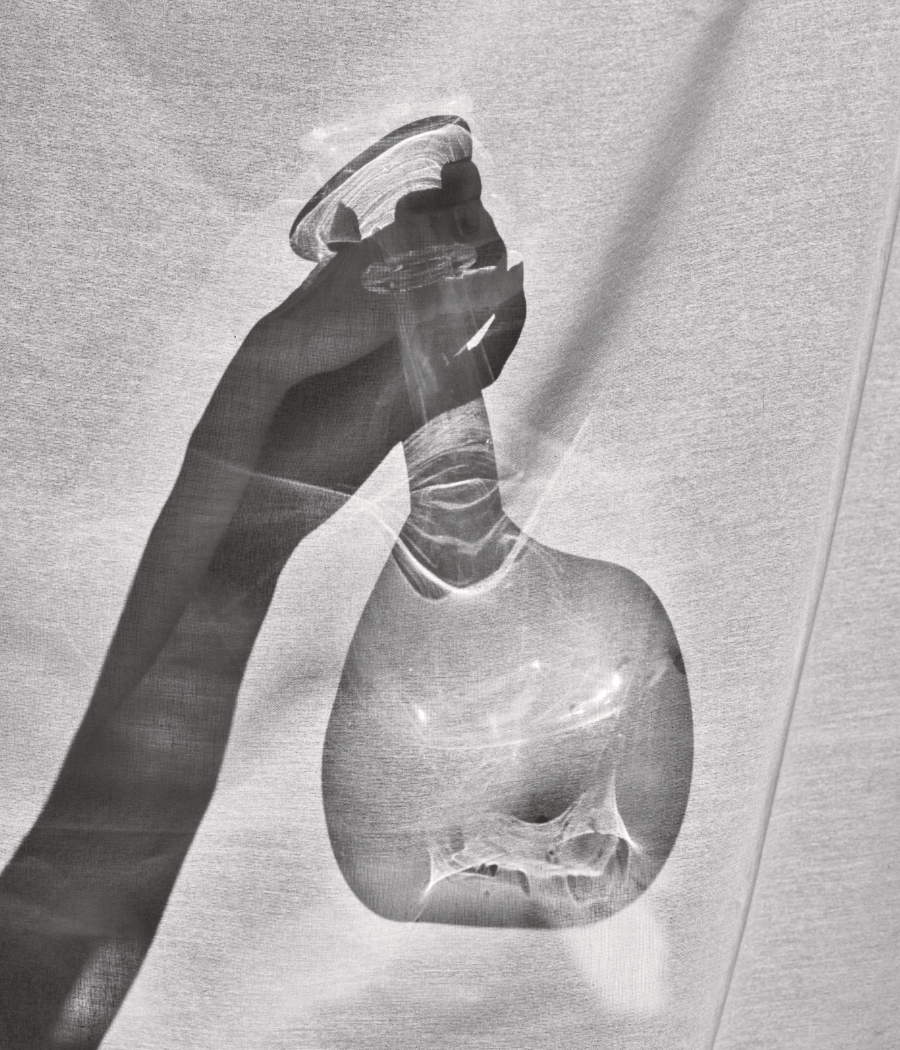The story behind the design process of Athena Calderone’s Amagansett bedroom…
In the age quarantine, home has never been more important. While we may not have control over what’s going on outside, we can curate spaces that make us feel calm, safe, and relaxed. The bedroom in particular serves as a respite from the stresses of daily life—it’s where we’re encouraged to unwind, recharge, and forget about work.
This brings me to the newly-designed bedroom in my Amagansett, New York home. After many years, I felt I needed to refresh the space to make it a bit more refined. With that said, I didn’t want to wipe the slate clean. Instead, I used some strategic décor tweaks that would pack a large visual punch without draining my budget. The resulting process combined problem solving and beautiful design in equal parts. It further underscored the fact that, for me, it’s the little transformations that allow me to exercise my mind and creativity the most.
Taste does change over the years, but you don’t need to spend a fortune to make small improvements in your home.
The before-and-after of my Amagansett master bedroom serves as exhibit A—read up on my design lessons learned below.






























